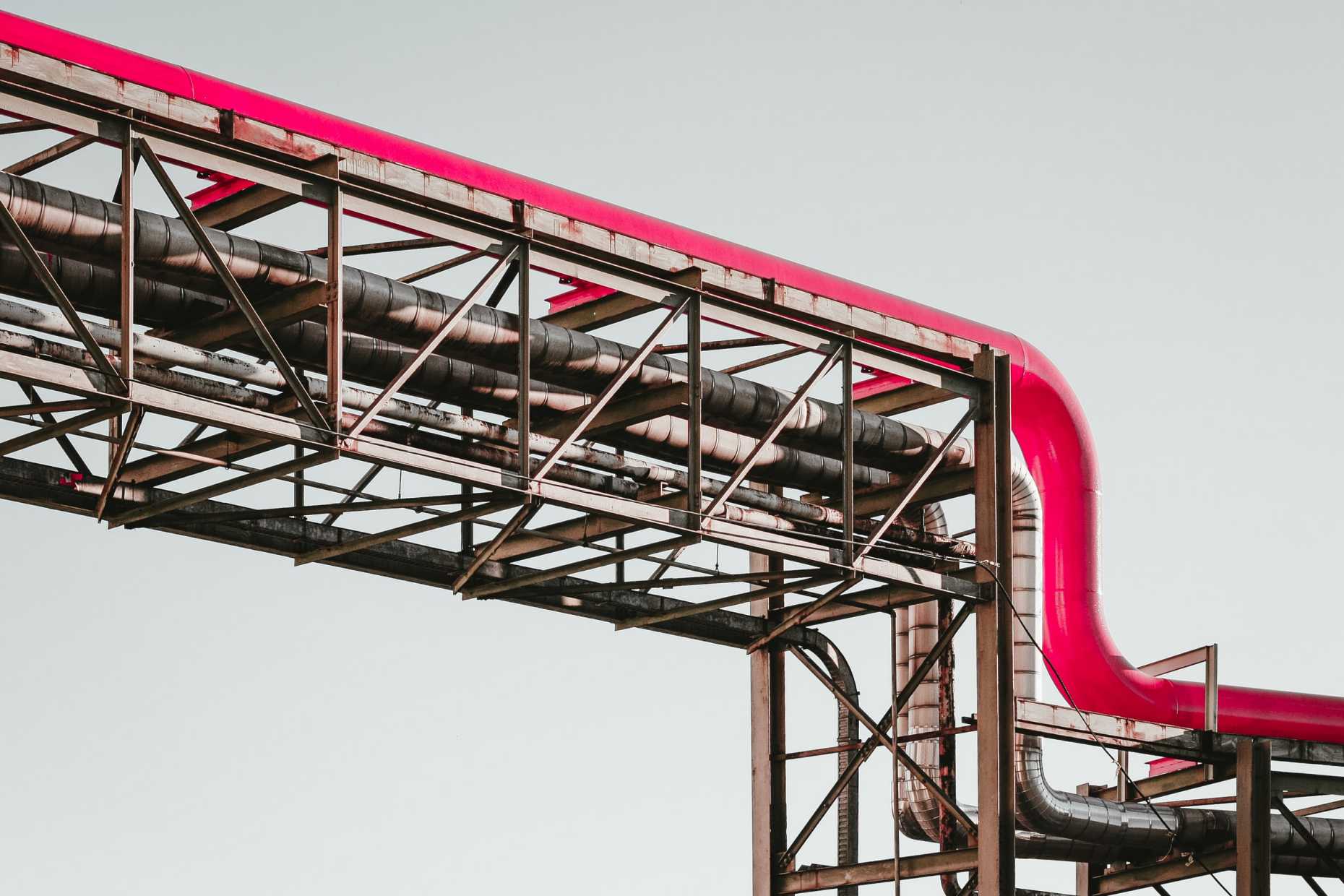New integrated simulation platform to analyse infrastructure resilience
FRS researchers developed the 'InfraRisk' platform to help decision-makers create policies for better disaster resilience of interconnected networks.

Utilities infrastructure systems, such as water, power and transport, are key to other urban infrastructure networks, businesses, and communities. At the same time, these systems are also highly vulnerable to natural and human hazards. Significantly, urban planners require tools and models that specifically address the interconnectedness of such critical infrastructure systems, which compound losses during disruptions.
FRS researchers Dr Srijith Balakrishnan and Dr Beatrice Cassottana from the Intra-CREATE project DREAMIN SG have external page come up with an open-source simulation platform called 'InfraRisk' to simulate network-wide effects of disaster-induced infrastructure failures and subsequent post-disaster restoration. Developed in Python, the platform contains several modules that model infrastructure networks, hazards, the consequences of these hazards on urban networks and the metrics to quantify risks and resilience of the integrated infrastructure networks against disaster events.
Tested using a case study based on a virtual integrated network, InfraRisk is a single platform for hazard generation, interdependency modeling, recovery modeling, and resilience quantification. It provides detailed resilience analysis of networks and constituent infrastructure components.
The platform's unique ability to test realistic resilience policies, strategies, and interventions in a controlled environment makes it useful for gathering more accurate insights into resilience of interdependent power-, water-, transport networks for clearer decision-making.
Srijith Balakrishnan, Beatrice Cassottana, InfraRisk: An open-source simulation platform for resilience analysis in interconnected power–water–transport networks, Sustainable Cities and Society, Volume 83, 2022, 103963, external page https://doi.org/10.1016/j.scs.2022.103963.